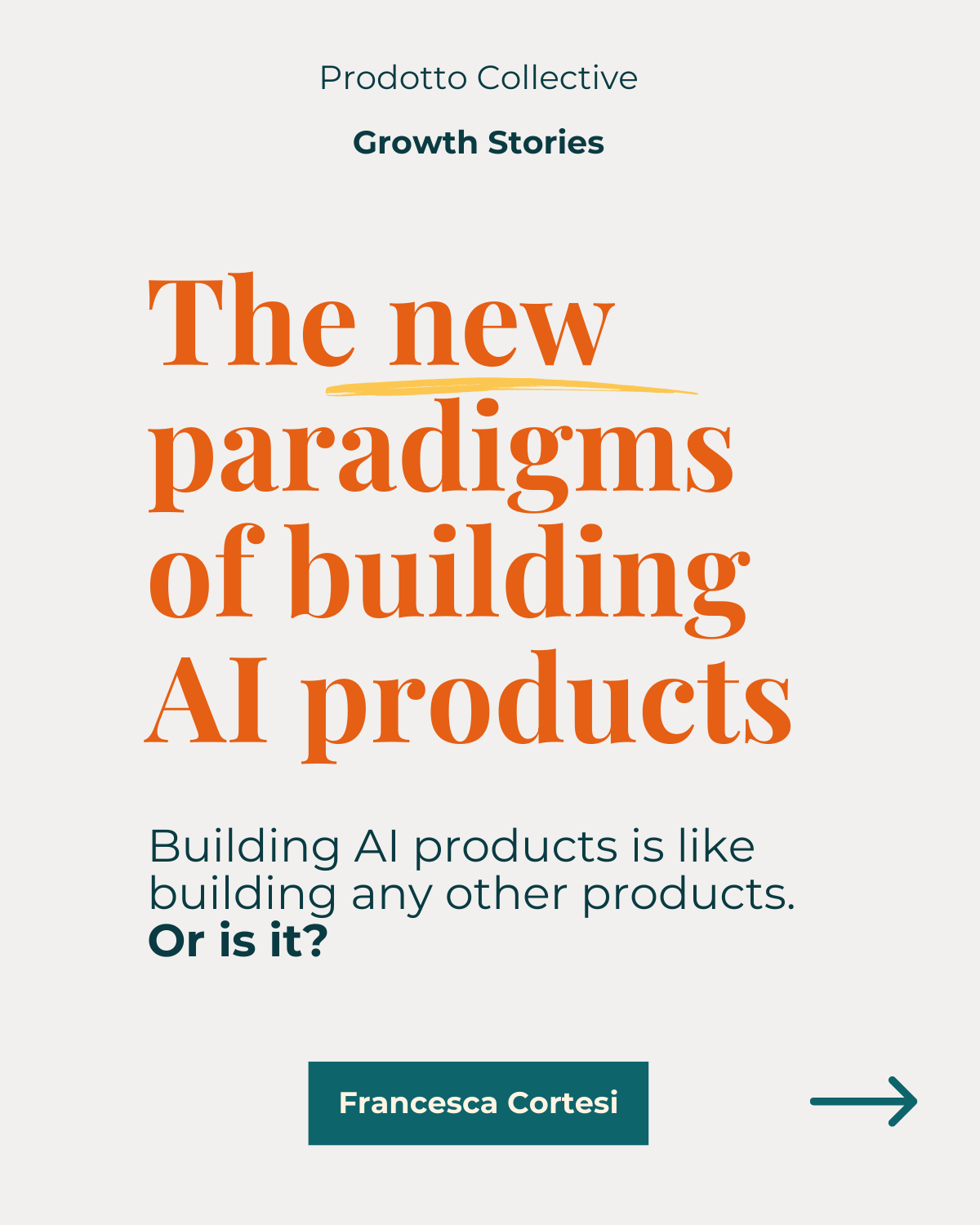Why strategy needs more than AI – lessons from Nike and scaling bold ideas
"A shoe is just a shoe, until someone steps into it." This is the famous line that Sonny Vaccaro, one of Nike’s basketball marketing executives, delivered in the meeting that kicked off one of the most iconic partnerships in history, the one between Nike and Michael Jordan for the legendary Air Jordans.
That story itself is a masterclass in product distribution, marketing, and innovation. If you’re not familiar with it, here’s the short version:
In 1984, Nike wanted to establish itself in basketball, a field dominated by Converse and Adidas. The company had a limited budget and a bold, unconventional idea: instead of spreading their bets across multiple players, they would focus on just one: rookie Michael Jordan. Jordan, however, was famously against Nike, preferring Adidas. To win him over and outmaneuver the competition, something special needed to happen. This is where the story of the Air Jordan begins.
Nike’s strategy was bold, and risky:
Rebellious: The first Air Jordan broke the NBA’s 50% white shoe rule, opting for a black and red design. Nike took the fines for Jordan, framing them as a marketing investment. Bold. And winning strategy.
Unique: The shoe was named after him, molded for him, and represented more than just a product. It became a symbol for an entire generation.
Jordan only signed the deal after securing a share of the profits for every Nike product with his name. He went on to become the most successful basketball player in history, and Nike captured massive market share, making the partnership one of the most successful in history.
So you might be thinking now: nice story, but why does it matter for strategy?
A strategy needs believers, this is why data and AI alone won’t cut it
There’s one crucial component to this story that goes beyond the talent of Michael Jordan. The shoe became a movement because the person who stepped into it believed in it and had every reason to make it work. This is the same principle that makes a strategy succeed.
If I had to paraphrase that famous line, I’d say: a strategy is just an idea, until someone believes in it.
It might sound obvious, but it’s not trivial. Let’s unpack what “believes” means for a second.
Belief isn’t just thinking an idea is okay. It means finding purpose in the mission, trusting the direction, and knowing you can make an impact. Understanding and working with human motivation is THE critical component you need to crack to make your strategy work. Aaaaand good luck using AI for that.
Strategy is as much about people, motivation, and beliefs as it is about market share and opportunities. And the harsh truth is that while AI can help you with the latter, it can’t find, align, or nurture human motivation.
What you need to succeed at strategy, and where AI can (and can’t) help:
Identify a real problem/opportunity: AI can support market research up to a point, but intuition and human insight are still essential.
Define a problem worth solving: Use AI for competitive analysis, data crunching, TAM, trends, and market analysis, but the leap from data to conviction is human.
Get buy-in and align your team: This is where AI hits a wall. Getting people to believe in a strategy is a human challenge. And if you ask me it’s the hardest, but most critical, part of the job.
If you think strategy is just a slide deck, then by all means, use AI and then go on and live your life. But if you, like me, believe that strategy needs to be felt, lived, and believed, you need people on your side. And there’s no prompt for that.
Here’s what I’ve seen work:
Start cross-functional from the beginning: A product needs to make sense commercially, technically, and strategically. Bring everyone in from the start, not just as stakeholders but as co-creators with skin in the game. This is the shift from convincing to involving.
Divide and conquer: Set a clear direction, then empower teams to work in parallel, converging at critical points. AI can help you spot blind spots along the way, but it won’t replace your face to face alignment.
Be firm on the direction, flexible on the details: Share early, share a lot, and don’t get too attached to your first version. But also, don’t fold to every piece of feedback, having an opinion is always easy. Here AI can help you summarize discussions, removing the biases, but beware of not forgetting the human touch.
Tell a story, be transparent, and be there: Every strategy has a list of things you won’t work on. That change of focus can be hard on people. Explain the why, let it take time, and keep the dialogue open. Please, please, please do not automate this step.
Create the right incentives: If you can, align your team’s goals with the success of the strategy, just as Nike did with Jordan. When people have something at stake, they show up differently.
A good strategy is not a paper exercise. It’s an exercise in orchestration, motivation, and belief. And you get there only by working with people. Don’t get fooled by anyone telling you that a magic framework or an AI prompt will solve this for you.
It’s real, hard, messy work. And it’s so worth it.
PS If the Jordan story intrigued you, I highly recommend watching the movie “Air” 😉


